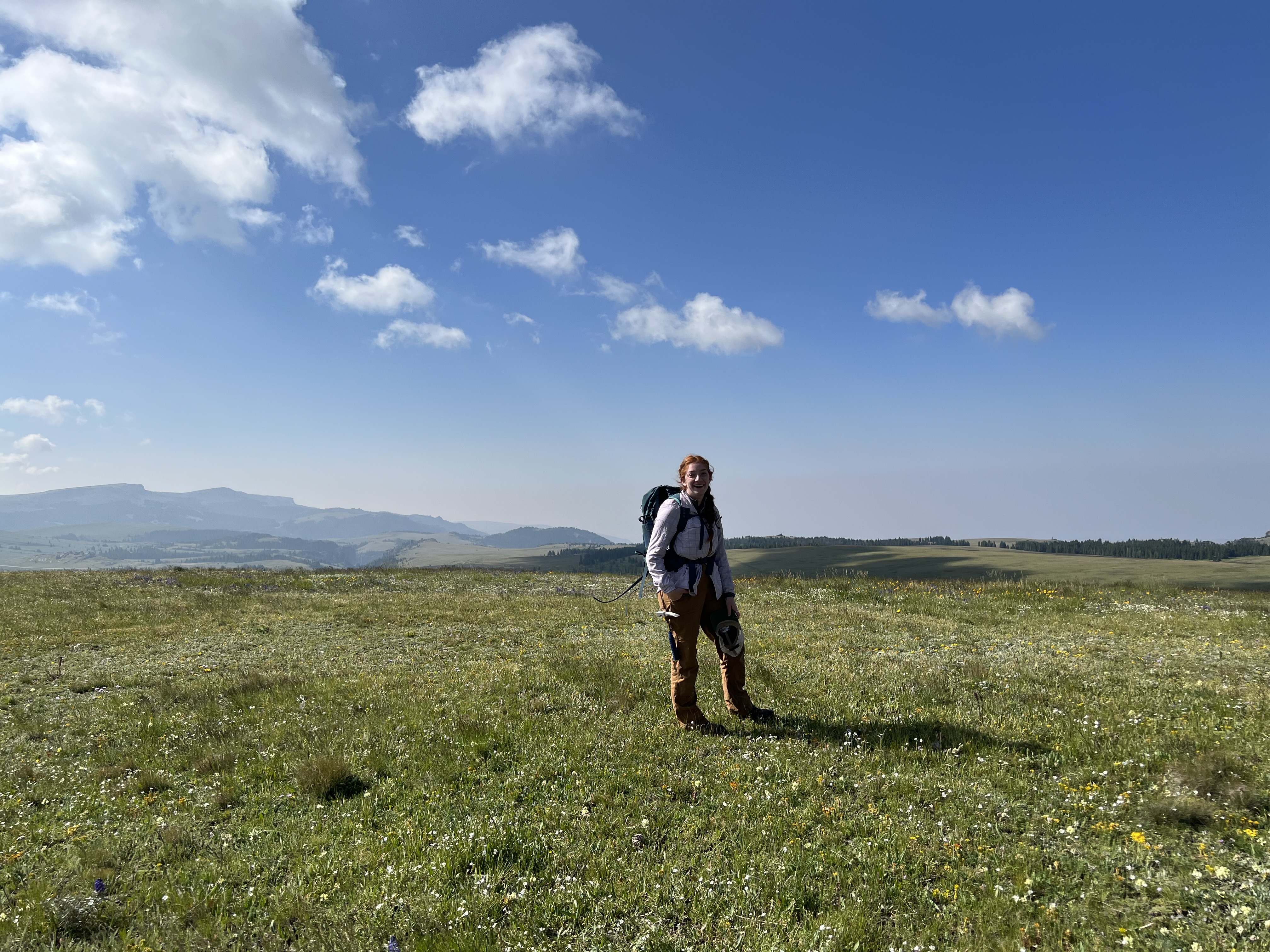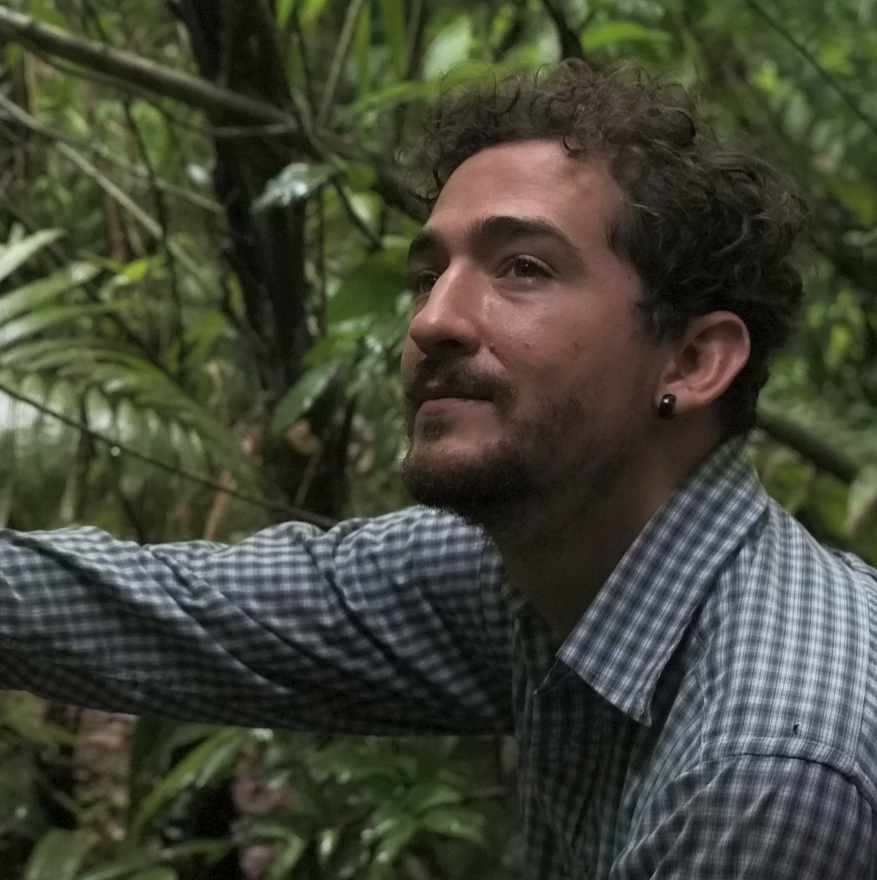No Slides Entered.
Caroline Brose - "Evolutionary consequences of adaptive introgression and polyploidy; Salix as a system for understanding generation and maintenance of species diversity"
Caroline Brose
2025 Recipient of the Biodiversity Institute Graduate Student Excellence Grant
Department of Botany
Department of Ecology and Evolution
Graduate Advisor: David Tank
Background:
Understanding the patterns and processes that underly the creation and maintenance of species diversity is one of the most important questions in evolutionary biology. Knowledge of these patterns and processes are necessary for predicting evolutionary and ecological consequences of changes in species’ distribution and local extirpation. In plants, hybridization, subsequent introgression, and polyploidy are essential processes that can aid in either the creation or breakdown of species boundaries. Arctic and alpine willows (Salix sp.) are known for frequent natural hybridization and polyploidy, making them an excellent system for studying the effects of these processes on species diversity. Using a combination of genomic, morphological, and environmental data from populations of sympatric Salix species across their ranges, it is possible to identify the roles that hybridization and polyploidy play in the maintenance or breakdown of species boundaries in taxonomically complex groups.
Share This Page


Research Highlights




